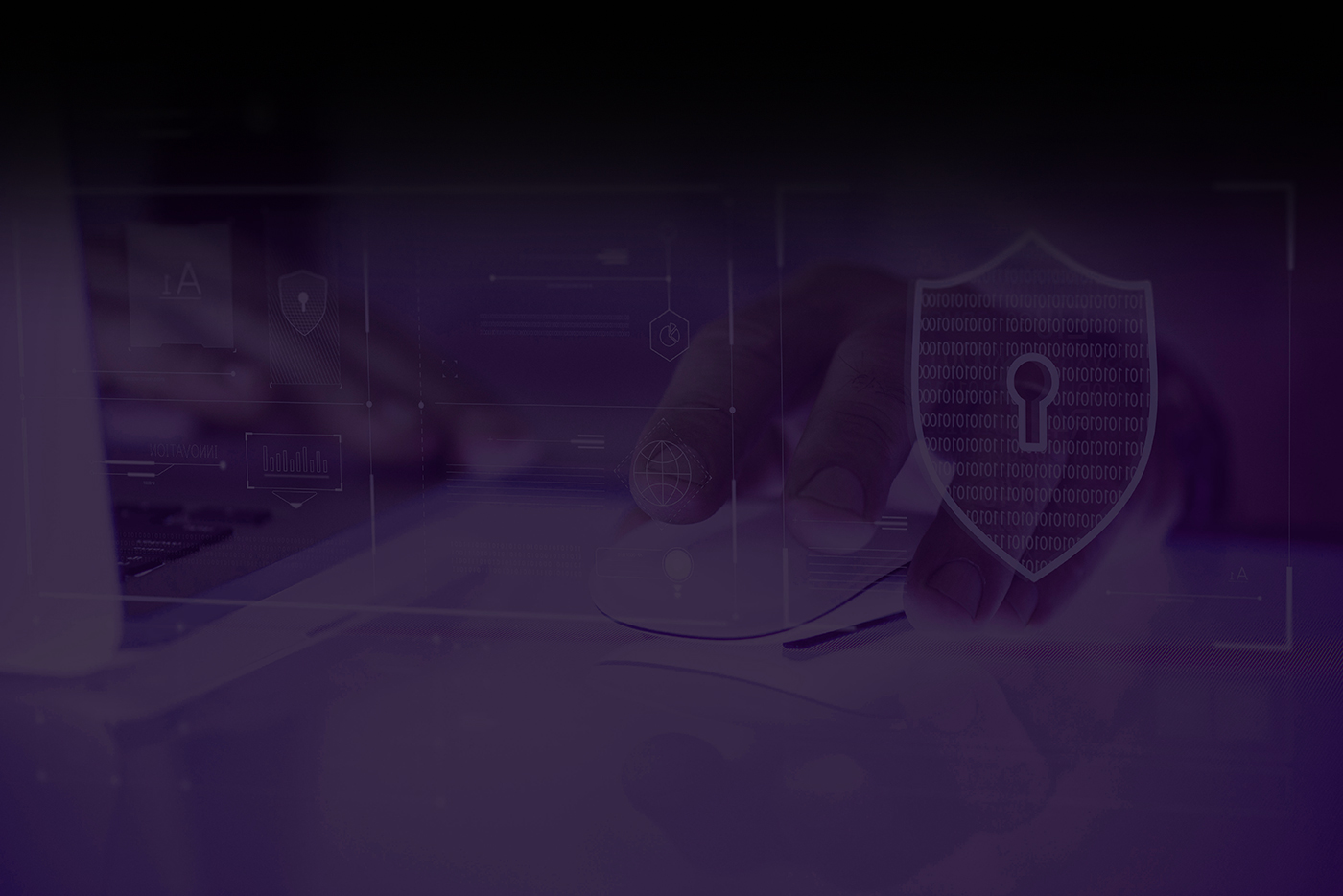Identity and Access Management (IAM) is a cybersecurity framework that ensures the right individuals within an organization have appropriate access to technology resources. It encompasses policies, technologies and processes that manage user identities and regulate access to critical systems, applications and data.
IAM is designed to authenticate and authorize users based on their roles, responsibilities and security policies. By implementing IAM, organizations can control who has access to what resources, ensuring that only authorized users can perform specific actions. IAM solutions typically include components such as user authentication, role-based access control (RBAC), single sign-on (SSO) and multi-factor authentication (MFA).
Modern IAM systems operate across both on-premises and cloud environments, allowing organizations to enforce consistent security policies regardless of where their applications and data are hosted. By centralizing identity management, IAM helps organizations streamline user access while maintaining strong security controls.
Challenges
IAM solutions mitigate several security risks associated with unauthorized access, credential misuse and identity-related cyber threats. One of the most significant risks IAM addresses is unauthorized access, which occurs when malicious actors or unauthorized users gain entry to critical systems. This can result in data breaches, insider threats, or operational disruptions.
Weak authentication mechanisms and password vulnerabilities are another major concern. Many cyberattacks exploit stolen or weak credentials to gain access to sensitive information. IAM strengthens authentication by enforcing password policies, MFA and biometric authentication, reducing the risk of credential-based attacks.
IAM also helps prevent privilege misuse by ensuring that users only have access to the resources necessary for their roles. Without proper access controls, users may have excessive privileges, increasing the likelihood of insider threats or accidental data exposure. By implementing least privilege access principles, IAM minimizes this risk.
Additionally, IAM solutions protect organizations from compliance and regulatory violations. Many industries require strict identity management controls to safeguard sensitive data. Without an IAM system in place, organizations may struggle to meet security requirements and face legal or financial penalties.
How can this technology help you?
IAM technology provides organizations with a structured approach to managing identities and access rights. It simplifies user authentication and authorization processes, ensuring that only legitimate users can access sensitive resources. With features such as single sign-on (SSO), users can securely log in once and gain access to multiple systems without the need to remember multiple credentials.
Multi-factor authentication (MFA) enhances security by requiring additional verification steps beyond just a password. This ensures that even if credentials are compromised, unauthorized users cannot easily gain access. Privileged access management (PAM) further secures sensitive accounts by restricting administrative privileges and monitoring privileged user activities.
IAM also streamlines user lifecycle management by automating the provisioning and de-provisioning of access rights. When employees join, move within, or leave an organization, IAM ensures that their access permissions are updated accordingly. This reduces security risks associated with orphaned accounts or outdated permissions.
Another key benefit of IAM is its ability to provide centralized visibility into access activities. Organizations can monitor and audit user access in real-time, quickly identifying any suspicious behavior. This proactive approach allows security teams to detect and respond to potential threats before they escalate.
Advantages
Implementing IAM solutions provides numerous advantages for organizations seeking to enhance security, streamline operations and maintain compliance. One of the primary benefits is improved security posture. By enforcing strong authentication, access controls and identity verification, IAM significantly reduces the risk of unauthorized access and data breaches.
Operational efficiency is another key advantage. IAM automates many identity management processes, reducing the administrative burden on IT teams. Employees can quickly gain access to the resources they need without manual intervention, improving productivity while maintaining security.
IAM also plays a crucial role in regulatory compliance. Many industries, including healthcare, finance and government, require organizations to implement strict identity and access controls. IAM solutions help organizations meet these regulatory requirements by providing audit trails, access logs and enforcement of security policies.
From a financial perspective, IAM helps reduce costs associated with security breaches, compliance violations and IT administration. Preventing identity-related incidents minimizes the potential financial and reputational damage caused by cyber threats.
In summary, IAM is a fundamental security technology that enables organizations to manage user identities, enforce secure access controls and mitigate risks associated with unauthorized access. By implementing IAM, organizations can enhance security, improve operational efficiency and ensure compliance with industry regulations.






